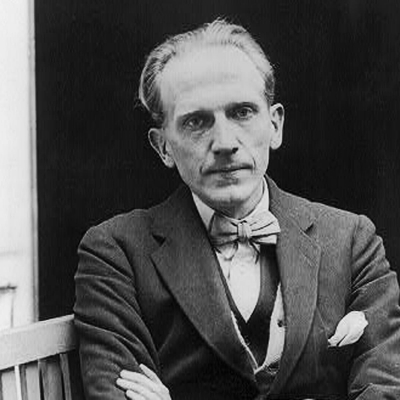
Alan Alexander (A.A.) Milne’s collection of children’s stories about a little boy named Christopher Robin and his beloved little bear made him a household name.
Generations of children all over the world grew up loving the tales of Winnie-the-Pooh and the friendly animals of the Hundred Acre Wood.
But while the poems and stories continue to enthrall readers even today, their creator Milne himself was never able to enjoy his success. The honey-eating bear overshadowed all his other work and was the cause of a bitter feud with his son, the real-life Christopher Robin who had inspired Milne to create the fictional characters.
Who was A.A. Milne?
Born in London on January 18, 1882, Milne was the son of John Vine, a headmaster of a small boys’ school in England. Milne had an extraordinary flair for writing from a young age. Despite a graduate degree in mathematics from Trinity College, Cambridge, Milne chose to pursue a career in literature. His first big break was working for the leading British humour magazine Punch.
War experiences
Milne served in the British Army during World War I. Fighting in the Battle of Somme, he witnessed the harsh realities of war. His best friend was “blown to pieces just as he was settling down for tea,” while another friend was killed by a German sniper. Disturbed by his war experiences, Milne took refuge in writing. He became a successful playwright and a screenwriter.
Milne and Robin
Christopher Robin, born on August 21, 1920, was Milne’s son. On his first birthday, Robin received a stuffed bear as a present and named it Edward. The child soon accumulated a collection of similar animals, which inspired Milne to spin whimsical stories around the toys. He created the world of Pooh and the Hundred Acre Wood, along with illustrator Ernest Shepherd who brought the tales to life through his expressive drawings. The first book, a collection of children’s poems titled “When We Were Very Young”, came out in 1924, shortly after Robin’s fourth birthday. It sold more than 50,000 copies in eight weeks. Three more short stories followed.
Rift with Robin
But as the popularity of the series grew, it made life incredibly difficult for Milne’s young son., Robin. He was bullied in school for resembling the eponymous fictional character. His classmates taunted him by reciting lines from Milne’s books and poems.
The 2017 biopic, “Goodbye Christopher Robin” an iconic scene between the father and son, shows his agony – “You asked me to write a book for you” says the father. The son replies: “Yes, for me not about me!”
Robin has elaborated on his feelings towards his father and character in his memoir “The Enchanted Places.” “At home I still liked him (his father), indeed felt at times quite proud that I shared his name and was able to bask in some of his glory. At school, however, I began to dislike him, and I found myself disliking him more and more the older I got,” it reads. The father-son relationship strained as a result.
Bear in mind
Even Milne eventually came to resent the honey-eating bear as it eclipsed all that he had accomplished as a poet, playwright, peace campaigner and novelist. As he put it in 1952, he created Winnie-the-Pooh, “little thinking/ All my years of pen-and-inking/ Would be almost lost among/ Those four trifles for the young”.
Did you know?
- The first volume of Milne’s “Winnie-the-Pooh” series published in 1926, consisted of 10 short stories, which were later adapted by Disney into a cartoon series. It was followed by the second volume “House at Pooh Corner” in 1928.
- Milne also wrote for different audiences spanning different genres such as war and politics. In 1922, he wrote a mystery novel called “Red House Mystery.”
- Milne and Arthur Conan Doyle played on the same cricket team Allahakberries.
- A talented mathematician, Milne won a scholarship to study at one of the world’s most restricted institutions, Trinity College, Cambridge.
- The original map of Winnie-the-Pooh’s Hundred Acre Wood by Ernest Shepherd sold at an auction in Sotheby’s in London for 430,000 pounds, a record price for a book illustration.
- The name Winnie came from a brown bear that young Robin visited in the London Zoo. The bear was rescued by a veterinarian doctor from Canada, Harry Colebourn in 1914, who named it Winnipeg, after his hometown.
- The character has always been referred to as a ‘he’ in the literary works and films.
Picture Credit : Google

